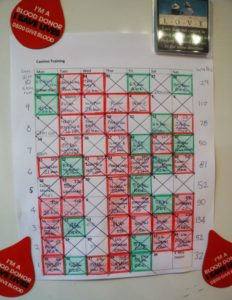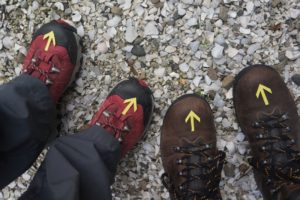Yes it is spring in Paris and it is sunny and warm with new blossom and leaves on the trees.
We were last here in 1978, 37 years ago, half a life time. We were here for our fifth wedding anniversary which I guess was appropriate as Paris vies with Venice as being the most romantic city in the world. We were camping in the Bois de Boulogne and were here for about 3 days. We ticked off all the tourist spots, the Eiffel Tower, the Arc de Triomphe, Notre Dame, the Mona Lisa and Venus de Milo at The Louvre, Sacre Coeur and went out to Versailles. The Centre Pompidou was newly open and an architectural sensation so spent some time there and went to the Folies Bergere which were still considered slightly risque back then.
This time we are only here a day before catching the TGV train to Bayonne tomorrow. We decided not to join any queues at museums or galleries or towers or river boats but to just take to our feet and soak up the sites, sounds, smells, tastes and feel the warmth of a lovely Paris day.
We headed off toward the Eiffel Tower thinking this is a pretty big landmark and should be easy to find. Leaving our hotel we could see it off in the distance but after winding through narrow streets flanked with five or six story apartments we kept losing it until it popped up off to the left or right but still the same distance away.
This became a bit of a game as rule number one was no consulting a map. We did come across some interesting things. In a narrow street we saw a sort of conveyor belt contraption propped up at an angle against the building. A house lot of furniture was being loaded up to a little balcony on the third floor. We knew a lot of these older apartments had no lifts so now we know how they move their belongings.
Then to the circus of the Arc de Triomphe which is the epitome of organised chaos but somehow seems to work. Twelve roads radiate from the roundabout and there are about six layers of vehicles circulating and trying to enter and exit. If you are in the roundabout you give way to anyone entering which seems crazy. While there we saw a crash that injured a driver so a police vehicle and ambulance joined the circus. Three policemen stood in the road at the busiest intersections , waving their arms and blowing whistles. They were studiously ignored and almost run down many times. It’s amazing that tour coaches and eighteen wheeler trucks join this crazy dance.
Barbara is disappointed she is not getting to use her school girl French as people look at us and speak in English. At a cafe for breakfast she bravely asked for deux omelettes avec fromage et jambon s’il vous plait and the waitress said “right two ham and cheese omelettes, what would you like to drink”?
The hotel room, actually a tiny studio apartment, is great. Two minutes walk from the Air France Les Cars shuttle bus stop and the Gare Montparnasse TGV train station. It is very trendily modern, has a bathroom with bath, a fully equipped little kitchen, wee table, with two chairs, couch, and a “Murphy” bed. The whole place only works because the couch sort of folds down onto the floor and the double bed hinges down out of the wall. With the bed down there is very little space for your bags or to walk around.
Tomorrow we head south.


